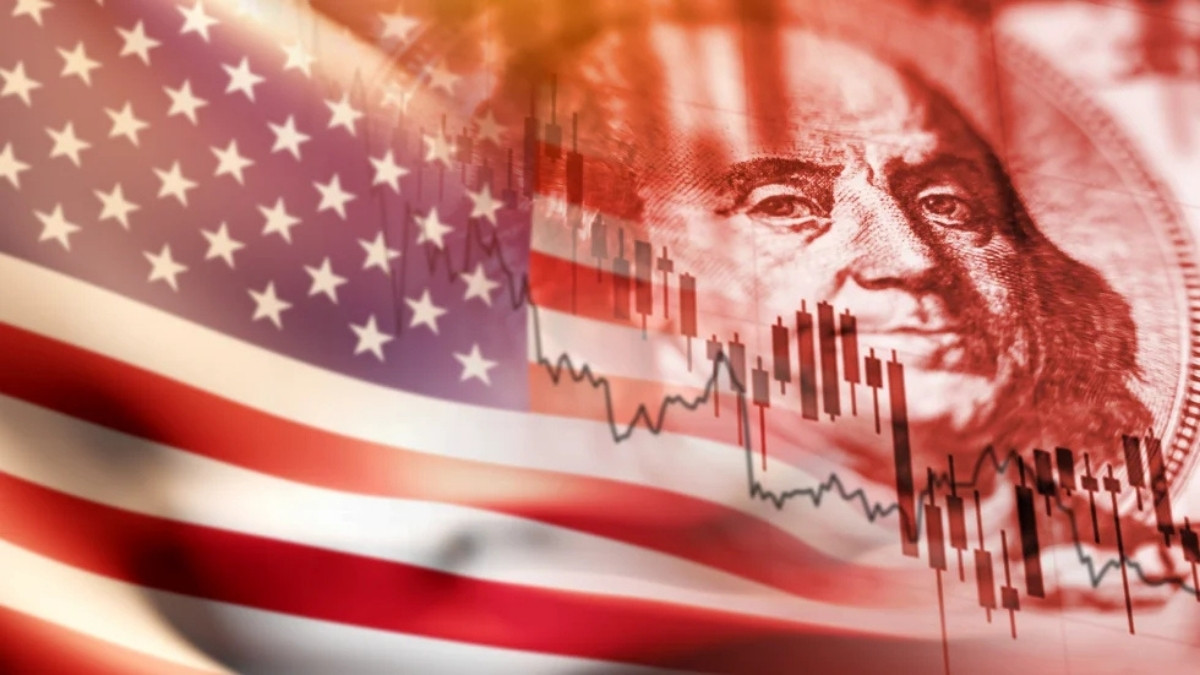Timeline of U.S. Recession: Currently, the U.S. economy is grappling with persistent inflation, decelerating GDP growth, and a backdrop of global uncertainties. Analysts are forecasting a potential recession in 2025, driven by these factors. The previous significant economic downturn, known as the Great Recession, emerged from the collapse of the housing market, culminating in a nationwide credit crisis. Such recessionary periods have fundamentally altered the U.S. economic landscape, leading to increasing unemployment, reduced industrial output, and diminished consumer activity.
JUST IN: 🇺🇸 Banking giant UBS asserts that hard data indicates a 93% chance of a U.S. recession. pic.twitter.com/3rHzlw9XRj
— Whale Insider (@WhaleInsider) September 27, 2025
By examining the timeline of U.S. recessions, one can gain critical insights into how financial crises, policy choices, and external shocks impact the country’s economic stability today.
Did You Know?
|
The U.S. Recession Timeline: Notable Economic Downturns
The United States has faced several significant recessions throughout its history. Below, we explore their causes and implications:
Great Depression (1929–1939): This was the most catastrophic economic decline in U.S. history, triggered by the stock market crash of 1929. It resulted in massive unemployment and a drastic drop in economic activity.
Great Recession (2007–2009): This downturn stemmed from the collapse of the housing market and subsequent financial turmoil, leading to a notable decline in economic activity and a sharp increase in unemployment rates.
COVID-19 Recession (2020): Triggered by the global pandemic, this recession brought about widespread lockdowns and a sudden cessation of economic activities. It was characterized by a rapid surge in unemployment and a steep contraction in GDP.
Throughout its history, the United States has encountered numerous significant recessions, each leading to distinct consequences:
Recession Period | Duration (Months) | Peak Unemployment Rate | Notable Causes |
May 1937 – June 1938 | 13 | 19% | Monetary tightening following the Great Depression |
Aug 1957 – Apr 1958 | 8 | 7.5% | Reduction in business investment |
Dec 2007 – Jun 2009 | 18 | 10% | Collapse of the housing market, financial crisis |
Feb 2020 – Apr 2020 | 2 | 14.8% | Impact of the COVID-19 pandemic |
Understanding the Causes and Effects of U.S. Recessions
Recessions can arise from various factors, including:
Financial Crises: Examples include the financial turmoil of 2008, where the failure of financial institutions led to a credit crisis.
External Shocks: Events such as the COVID-19 pandemic caused abrupt and severe disruptions to economic activities.
Policy Missteps: For example, the Federal Reserve’s decisions during the early 1930s worsened the Great Depression.
The ramifications of recessions are significant, with the following points highlighting their impact:
Unemployment: A sharp increase in job losses leads to soaring unemployment rates.
GDP Contraction: A reduction in Gross Domestic Product signals a decrease in the economy’s overall output.
Market Volatility: Fluctuations in stock markets can undermine investor confidence and affect personal wealth.
Is a Recession on the Horizon in 2025?
Currently, the Bureau of Economic Analysis has raised alarms regarding the potential for a recession in 2025 based on several concerning factors:
Economic Indicators: Certain indicators point to a deceleration in economic growth, with GDP growth rates trending downward in recent quarters.
Inflation: Persistently elevated inflation can diminish purchasing power, fostering economic instability.
Global Influences: International economic uncertainties, including trade conflicts and geopolitical tensions, may adversely affect the U.S. economy.
















